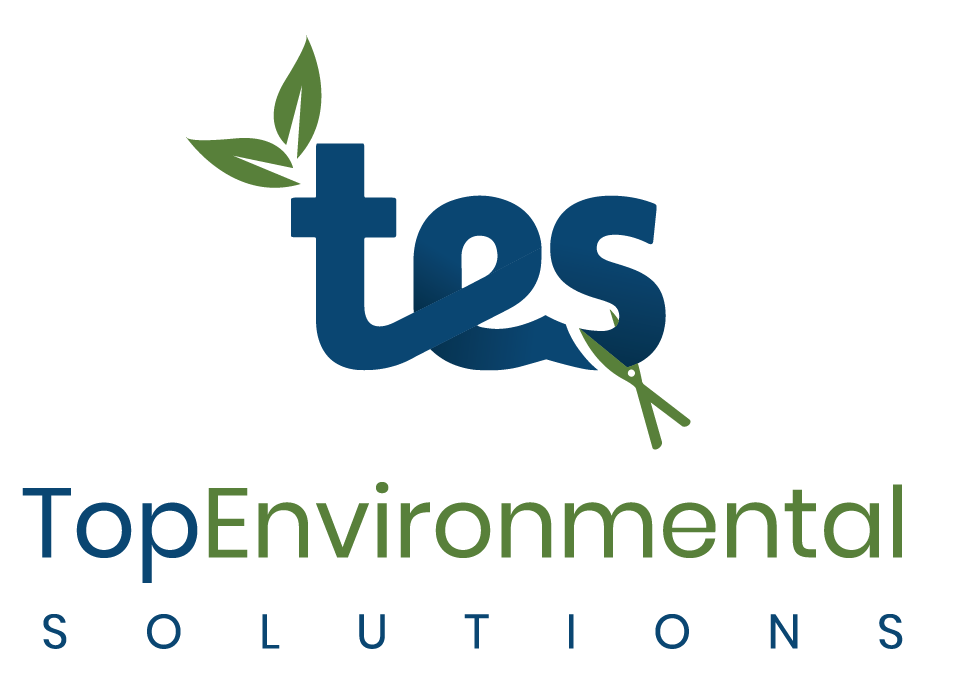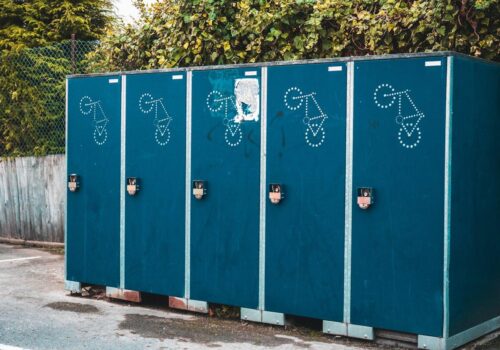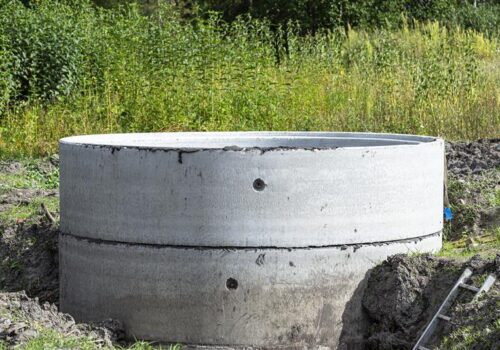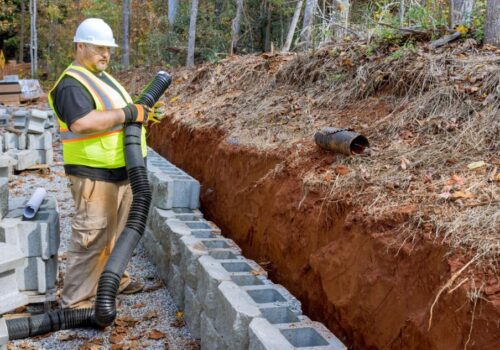What You Should Know About Environmental Offsets In Brisbane:
If you’re planning on developing land in Brisbane, you may be required to purchase environmental offsets. an offset is a planning tool that can be used to achieve ecological outcomes, often in lieu of providing on-site mitigation.
Environmental offsets in Brisbane are a voluntary planning tool that can be used to achieve good environmental outcomes. They’re a way of making up for any potential environmental impacts of development and can be used in lieu of providing on-site mitigation.
Offsets must be added to any net gains required by law, and cannot be used to replace or reduce existing environmental protections.
If you’re planning on developing land in Brisbane, it’s important to be familiar with environmental offsets and how they work. Keep reading to learn everything you need to know about offsets in Brisbane.
Good Outcomes:
The main purpose of an environmental offset is to achieve net gains in biodiversity, ecological function, or ecosystem services, or to avoid significant adverse impacts on a threatened species, community, or ecosystem. The offset must produce good outcomes that would not otherwise occur.
Voluntary:
Voluntary offsets are those that are purchased by the proponent at their own discretion, rather than being required by legislation. These types of offsets are usually more flexible than mandatory ones, as they can be tailored to suit the specific needs of your project. However, they may also come at a higher cost than mandatory offsets due to their flexibility.
Additional:
Additional offsets mean that you can use environmental management plans in Brisbane to make up for any potential negative impacts associated with your proposed development, but they must also contribute something positive back into the environment. For example, if your proposed development will cause more GHG emissions than a baseline scenario (i.e. if it’s energy-intensive), then you might purchase an offset to help compensate for those emissions elsewhere or overseas.
Existing protections:
Existing protections are the laws that already exist to protect the environment. Examples include regulations on pollution and waste management, as well as zoning laws that control land use and building height.
Net gain requirements:
Net gain requirements are the minimum amount of environmental benefit that must be provided by the development. This can take the form of on-site mitigation measures (such as tree planting or fencing), or off-site offsets (such as purchasing land elsewhere).
Conclusion:
Note that if a company is offering offsets but they don’t fall within the parameters of the law, they’re not real offsets. Always make sure that you’re dealing with a reputable company when you’re looking to purchase environmental offsets in Brisbane.






